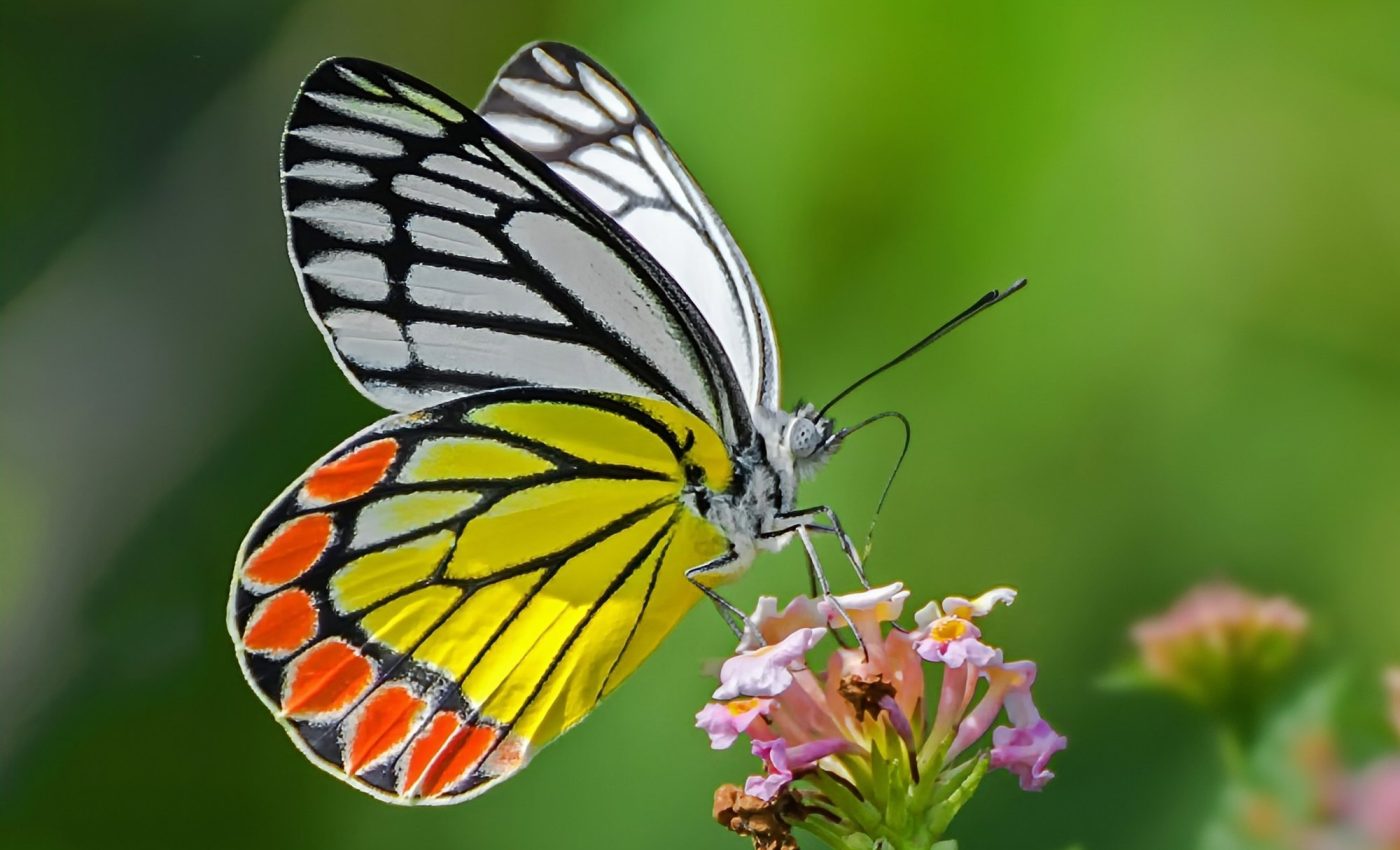
People love pretty butterflies - and that complicates data for scientists
Ever marvel at the allure of butterflies and their enchanting markings? Many of us are guilty of this, and as it turns out, our selective admiration of these fluttery butterflies can throw a curveball at scientists studying biodiversity data.
According to the latest findings by researchers at USC Dornsife, butterfly data from citizen scientists is influenced by personal preferences.
Reporting data on butterflies
The study was carried out by scientists at the USC Dornsife College of Letters, Arts and Sciences. The team found that on iNaturalist, a community science platform popular for recording nature sightings, butterflies with charming markings and recognizable features are reported more frequently.
Familiar species are also reported more often on the platform. By contrast, elusive species lacking distinct qualities are less frequently reported.
The person behind these insightful findings is Laura Melissa Guzman, a professor of biological sciences and quantitative and computational biology at USC Dornsife.
Human biases and butterfly data
Interestingly, the tendency for humans to regard attractive people as intelligent, healthy, and trustworthy leaders seems to creep into the world of insects too.
This bias can misinform the data on such community science platforms, which many rely on for conservation decisions, generating scientific knowledge, and education.
Role of online platforms
Online platforms such as iNaturalist and eButterfly, both exceptionally popular among community scientists, allow nature enthusiasts to contribute data that aids scientists in tracking insect populations. These platforms employ different methods for data collection.
On iNaturalist, participants are encouraged to share photos for species verification. However, this method can exclude butterflies that are difficult to photograph. On the contrary, eButterfly opts for a checklist, leading to a comprehensive account of all species observed.
Consequences of reporting biases
The catch here is that biases introduced by the participants could lead to distorted data, which is a significant concern that the study addresses.
Accurate estimation of species distributions, conservation priorities, and identifying population trends hinge on an understanding and accounting for these biases.
The user influence became evident when the researchers discovered that the method of relying on photos on iNaturalist favored easily photographed or interesting species.
The platform experienced an over-reporting of species with captivating features – wing tails, checkered patterns, spots, eyespots, and stripes and under-reporting of species that were challenging to identify or those with light-colored markings on their wings.
What’s more, flight styles, height and other factors making butterflies hard to photograph may have also impacted the reporting patterns.
Butterflies and biodiversity data
To substantiate their findings, the research team crunched some numbers where the results were quite telling. They found that 34 species were often underreported, and 53 were frequently overreported on iNaturalist compared to eButterfly.
Overrepresented species were predominantly from the Nymphalidae family, which includes easily identifiable monarchs, and Lycaenidae, commonly known as gossamer-winged butterflies.
In contrast, butterflies from the Pieridae family were the most underreported, thanks to their commonplace looks, often considered garden pests.
Implications for conservation efforts
Understanding the biases in butterfly reporting has significant implications for conservation efforts.
Conservationists rely heavily on community-sourced data to make informed decisions regarding habitat protection and species management.
If certain species are consistently overreported while others are underrepresented, it could skew conservation priorities, leading resources to be allocated inefficiently.
This misallocation might result in the neglect of less attractive yet ecologically important species, ultimately affecting biodiversity and ecosystem health.
Recommended solutions
To mitigate the impact of these biases, researchers and naturalists propose several solutions. First, raising awareness among citizen scientists about the importance of reporting all species, regardless of their appearance, is vital.
Educational campaigns could emphasise the ecological value of every species. Additionally, improving the data collection methods on platforms like iNaturalist to include more robust checklists, akin to those used by eButterfly, can lead to a more balanced dataset.
Encouraging users to submit comprehensive surveys, rather than solely photographic evidence, may provide a clearer picture of local butterfly populations and their conservation needs.
The blend of biases and subjectivity in reporting prompted Guzman and her team to push for an overhaul in the way citizen science is carried out. While we all appreciate a dash of allure and charm, too much of it can steer data in a skewed direction.
By improving the training for observers and raising awareness about biases, these platforms can yield more accurate results, bolstering our understanding and conservation of these fascinating creatures of the insect world.
The study is published in the journal Frontiers in Ecology and the Environment.
—–
Like what you read? Subscribe to our newsletter for engaging articles, exclusive content, and the latest updates.
Check us out on EarthSnap, a free app brought to you by Eric Ralls and Earth.com.
—–













